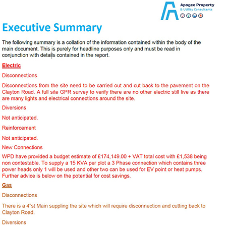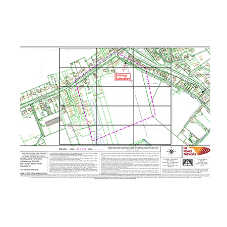Written by Jeremy Haigh – Managing Director at Apogee Property & Utility Consultants Ltd
“I have read recently that acronyms are generally bad because people don’t understand what they mean and they are often unnecessary. The article was, at least a bit, about the new British Standard PAS 128 and I couldn't disagree more. Acronyms enable us to remember what’s important about what we are doing and provided people understand what they mean, then they are good because people remember them!
CDM regs and HSG47 are accepted acronyms but why are they in utility reports? A set of motoring analogies are that we communicate that we aspire to drive a BMW or a TT - not because of the acronym or because we know what they actually mean but we accept the acronym because they provide convenience and ease of understanding. Acronyms are quick and convenient and do not necessarily imply a lack of understanding - To my son, a 2L HDi is nothing but the best diesel engine ever built, does it matter that he doesn't know what HDi actually stands for provided that he knows what it means to him?
The utility report and utility information management market is now full of acronyms and I thought I would share which ones are important to people and why I think they should be important to them. Because there are so many it is difficult to know where to begin, so maybe it’s better to try and assess importance along the development life-cycle, so here goes:
RICS - The Royal Institution of Chartered Surveyors issue guidance on this stuff. For me though, the use of utility reports and proper utility discovery for the Land Buyer, Valuer or Estates Surveyor is about costs. Enabling them to arrive at a more reliable residual value for the land that a developer is buying. Proper utility discovery early on in this process enables an assessment of any disconnections and diversions as well as the costs of new connections to whatever they are developing. They then hand the information they have gathered on to the remainder of the development supply chain.
NRSWA - The New Roads and Streetworks Act. This places the responsibility of proper utility discovery, prior to breaking the ground, onto the contractor. It is right to do so, in my view, because after all it is what happens on site that ultimately keeps our site operatives safe. Safe digging practice must leave the responsibility firmly where it is because there are many different technologies that can help, not to mention the need for careful hand digging where an operative is at any risk!
CON 29 - A Law Society water and drainage consultation for conveyancing, usually undertaken by a solicitor. Beyond water and drainage, the solicitor can do a cross check with any missing rights agreements for any utility not deposited with the Land Registry or with the title deeds. They can get a picture of whether a utility may be in trespass because boundaries have shifted on the ground against older mapping. An Apogee Utility Report is available with or without a water and drainage plan, which enables a client to save money by not paying again for the plans already included in the CON 29 carried out by the solicitor.
CDM Regulations 1st April 2015 - Construction, Design and Management Regulations. It seems to me that gone are the days where a client or a designer says “Utilities, excuse me? Not in scope! That’s the contractors responsibility!”. The new rules require the Client and Principal Designer to deliver to the Contractor the pre-contract information. Buried Services being a major Health and Safety risk, surely it should no longer be just the contractor’s responsibility to do proper utility discovery irrespective of what is said in NRSWA.
HSG47 - Health and Safety Guidance No. 47 “Avoiding Danger from Underground Utilities” Updated in 2014, this nowadays goes as far as to suggest that clients buy a utility report or use a searching system. I can only think that this is because of the complexities of who owns which assets since deregulation. More importantly however, it goes on to give guidance on recording where a contractor has moved plant on site, not built it in accordance with his specification or where plant is not installed in accordance with the plans he has been given. HSG 47 requires that any one of these variations should be reported to the utilities concerned so that they can ensure that their records are as accurate as possible.
PAS 128 – The British Standards Institutes’ (Publicly Available Specification) PAS 128:2014 clarified for clients and practitioners what they should be doing for each level of survey in the utility discovery process. It says that a proper utility search (QL – D) should be carried out with every level of survey. More than that, it enables clients, consultants and practitioners to define what level of survey they want and where. It enables cost effective survey tendering and helps the client to quantify the value of proper utility discovery earlier in the development lifecycle. Disconnections and diversions can be expensive, the latter sometimes taking years to negotiate; hence the earlier a client starts, the better. He must design to minimise utility conflict and negotiate with the utility with plenty of time to spare rather than just paying the worst-case scenario costs right at the point he wants to break the ground. For me, if he does not do this then he will never get the return on investment he needs to justify the expenditure incurred in proper utility discovery. That is unless he quantifies the risk of litigation and any implications of HSG 47 and the new CDM regs.
ICP’s; UIP’s; IGT’s and IDNO’s. There is good news here – you don’t need to worry about these and who owns what plant and where. This is one of the great things our clients pay us for. An Apogee Utility Report is not just a mailbox service like our competitors. We use “intelligent searching” and check the plans to ensure that our clients understand whether they are present in the area. We go and get their plans as well. Very easily missed by mailbox services and there are a large number of them present in streets all over the country.
Here at Apogee we provide a wide range of utility reports that add value to our clients projects in each and every one of the above scenarios. We even have a CDM risk assessment that guides clients through PAS 128 and enables effective GPR and Utility survey tendering.
Acronyms, like better utility information, help us understand and remember. They help us improve what we are doing and we should seek to understand and embrace them. Embrace them as we should embrace innovation and change, because that is how we all evolve and maintain relevance, in business as in life."
View Full Utility Search Product Entry

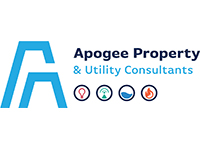
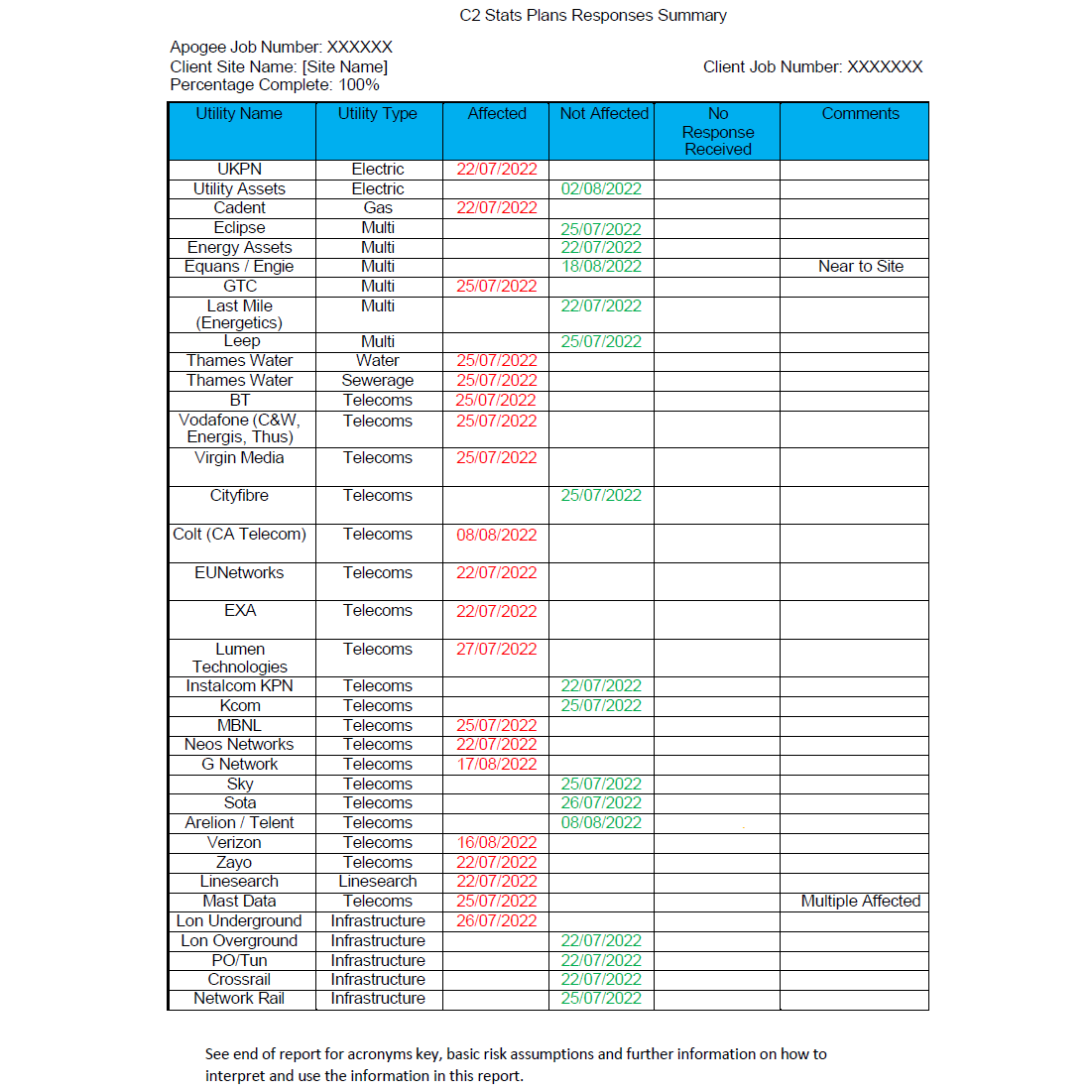
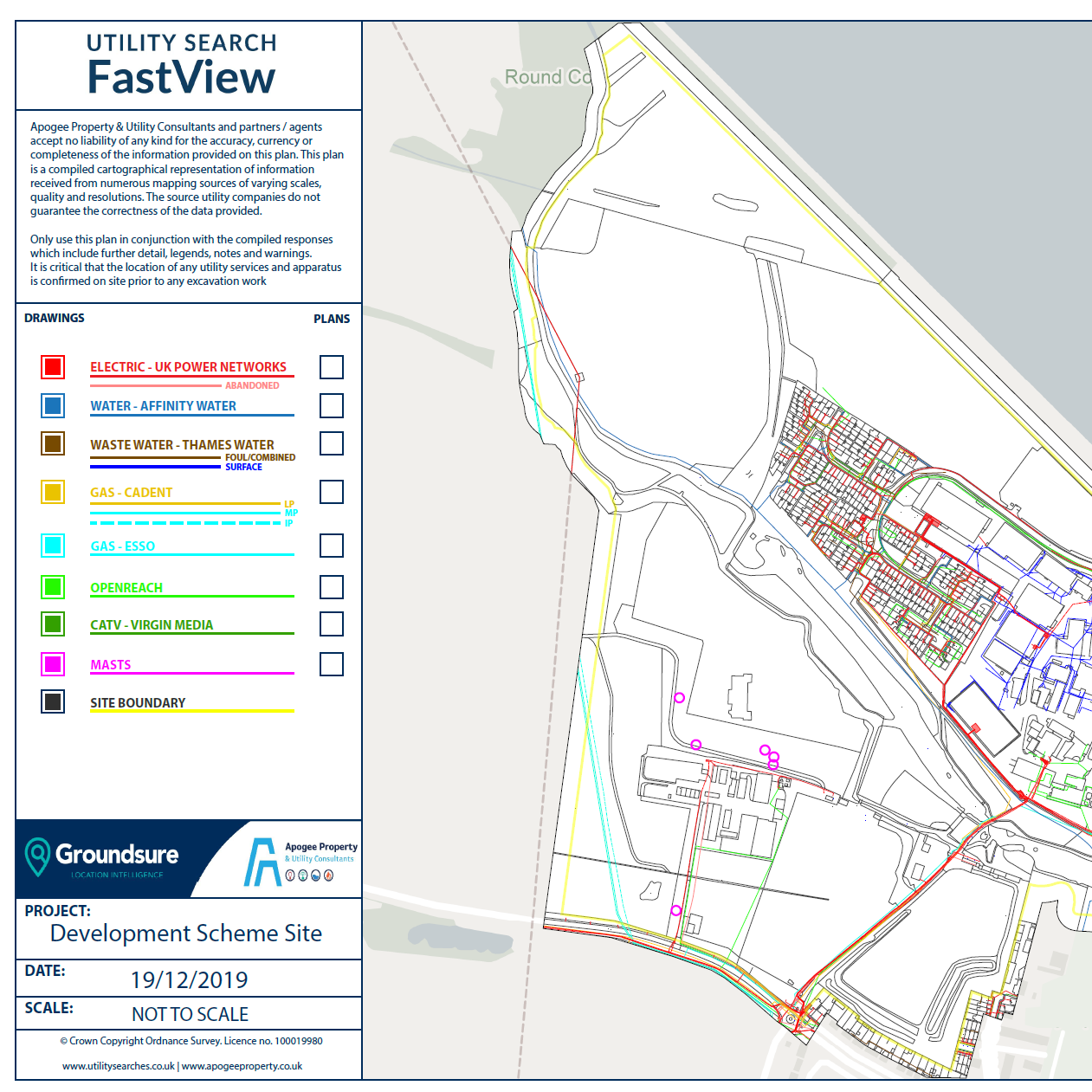
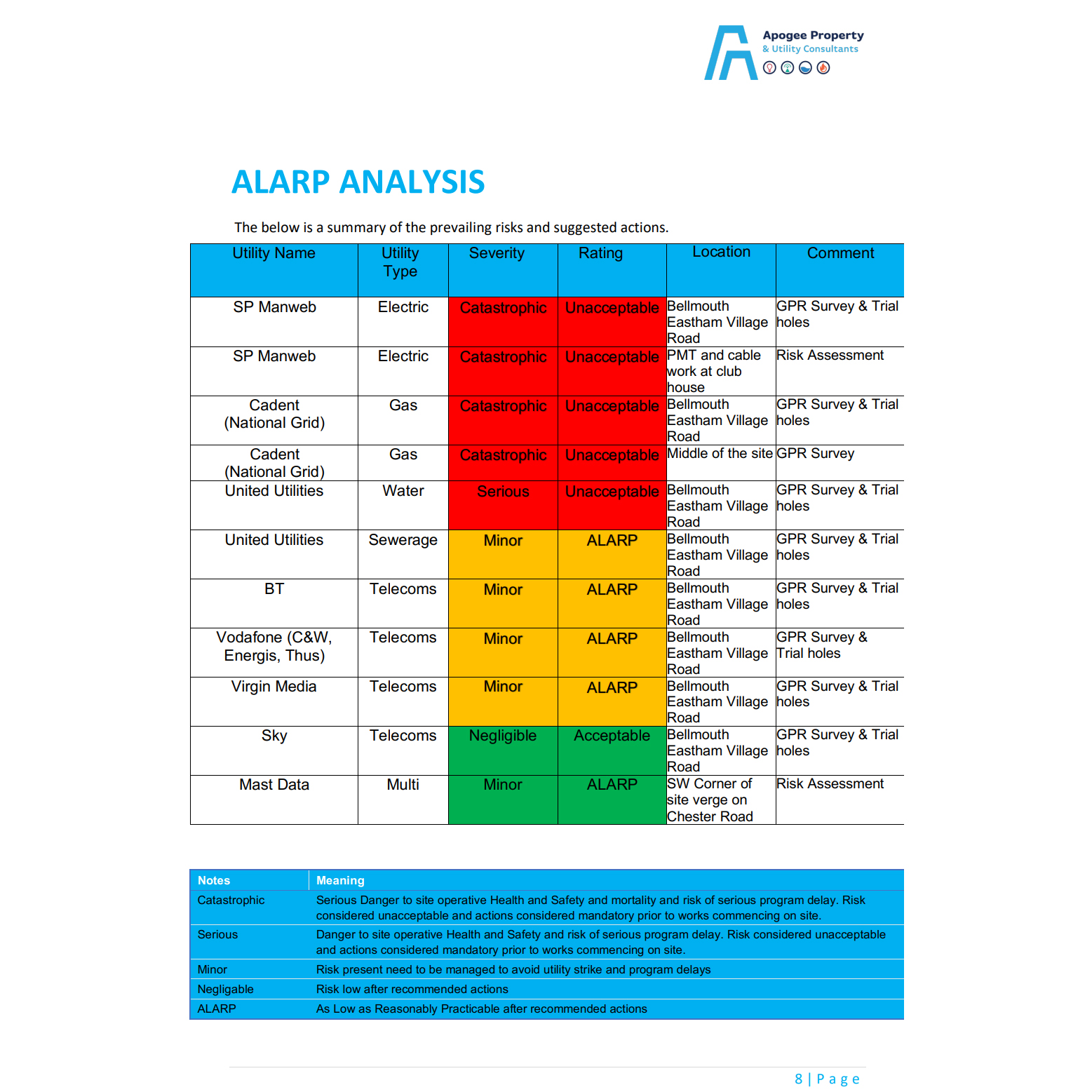
%20copy.png)
